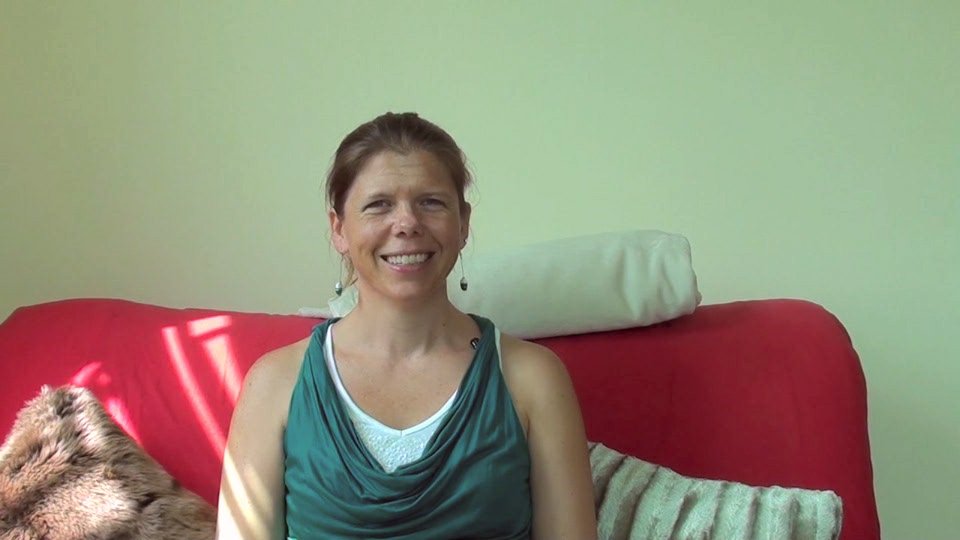
(video) What a juicy question!

(video) What a juicy question!

(video) How do we acknowledge fear with out cultivating more of it?
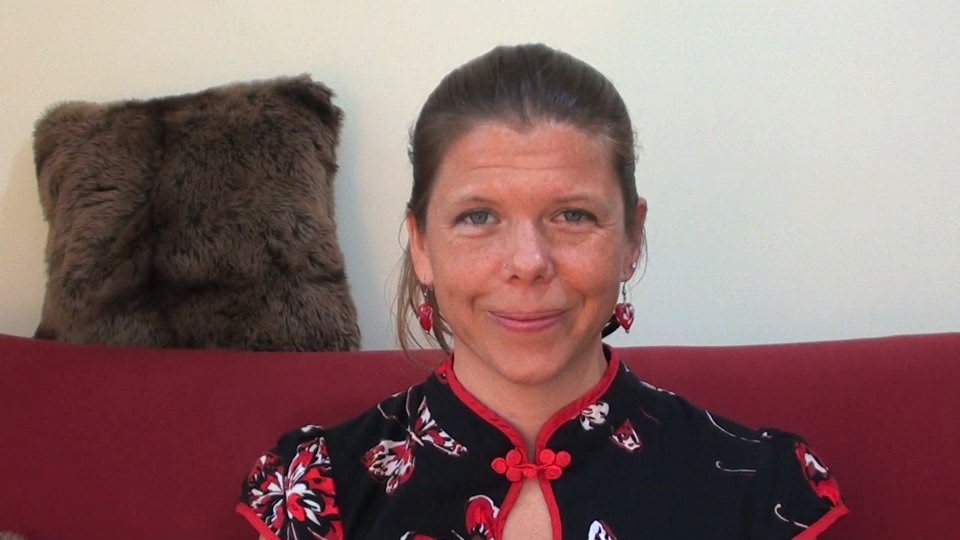
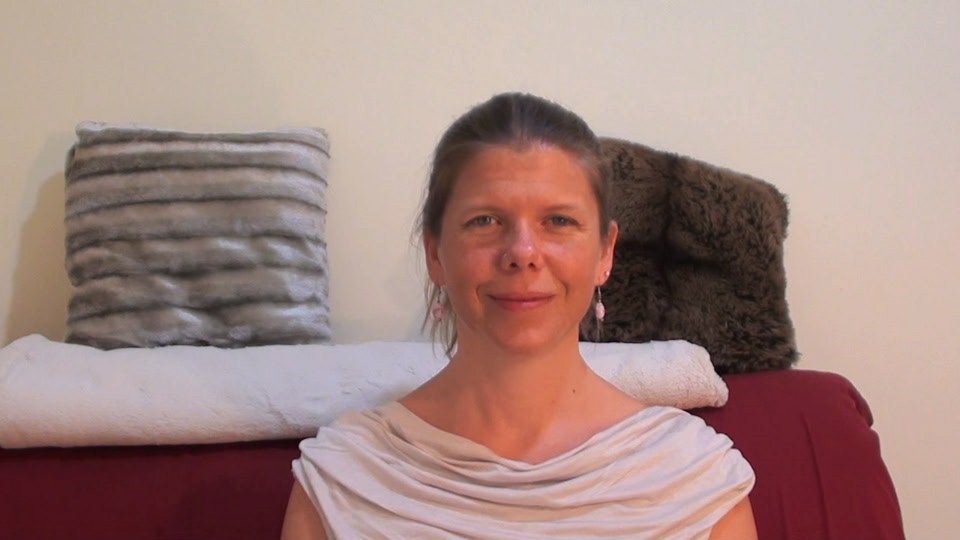
(video) Many of us have a strong habit of focusing on fear… on controlling, fixing, finding fault, etc. Once we realize that we can choose to focus on fun… the first step is noticing!

(video) Sometimes in the middle of turmoil it helps to remember that my thoughts and feelings are things. They are objects. That I am separate from them.
Elena
theJoyLab.net
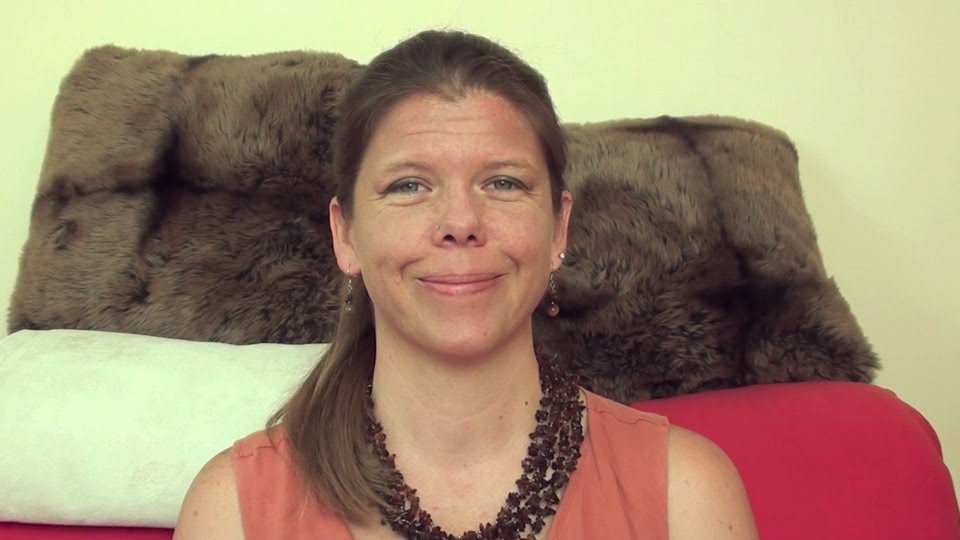
(video) It just takes a bit of practice, some time…

(video) “I’m broken.” can be a really strong belief. The good news, and the bad news is that the only person that can change that belief for you is you.
What do you do to shift that belief in yourself?
Enjoy,
Elena
theJoyLab.net
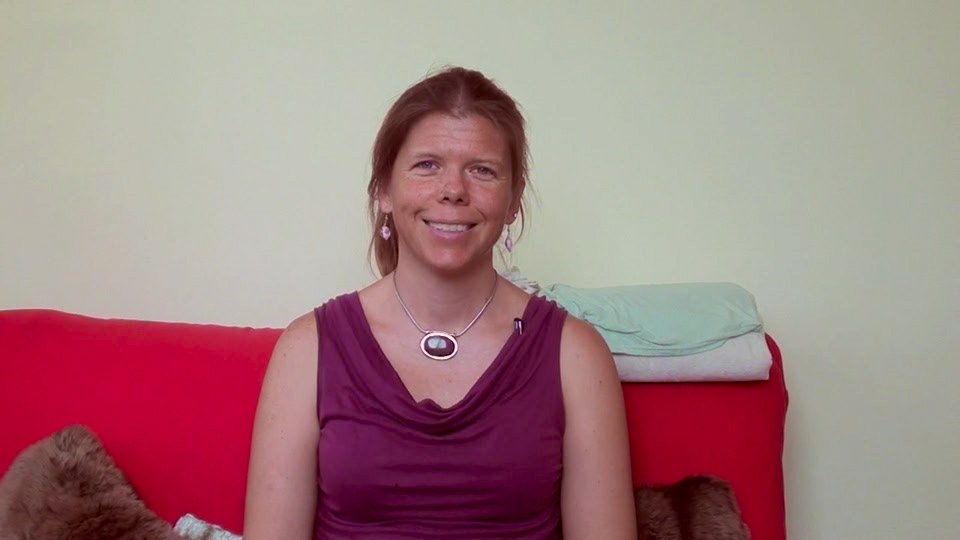
(video) Some days I have felt broken beyond repair. And still there are those moments that let me know that really, I just FEEL broken…. that deep inside I am whole.
What happens for you in those moments? What lets you know that you aren’t really broken?
Elena
theJoyLab.net

(video) What does “Full of Joy” mean anyway?
Enjoy,
Elena
theJoyLab.net
